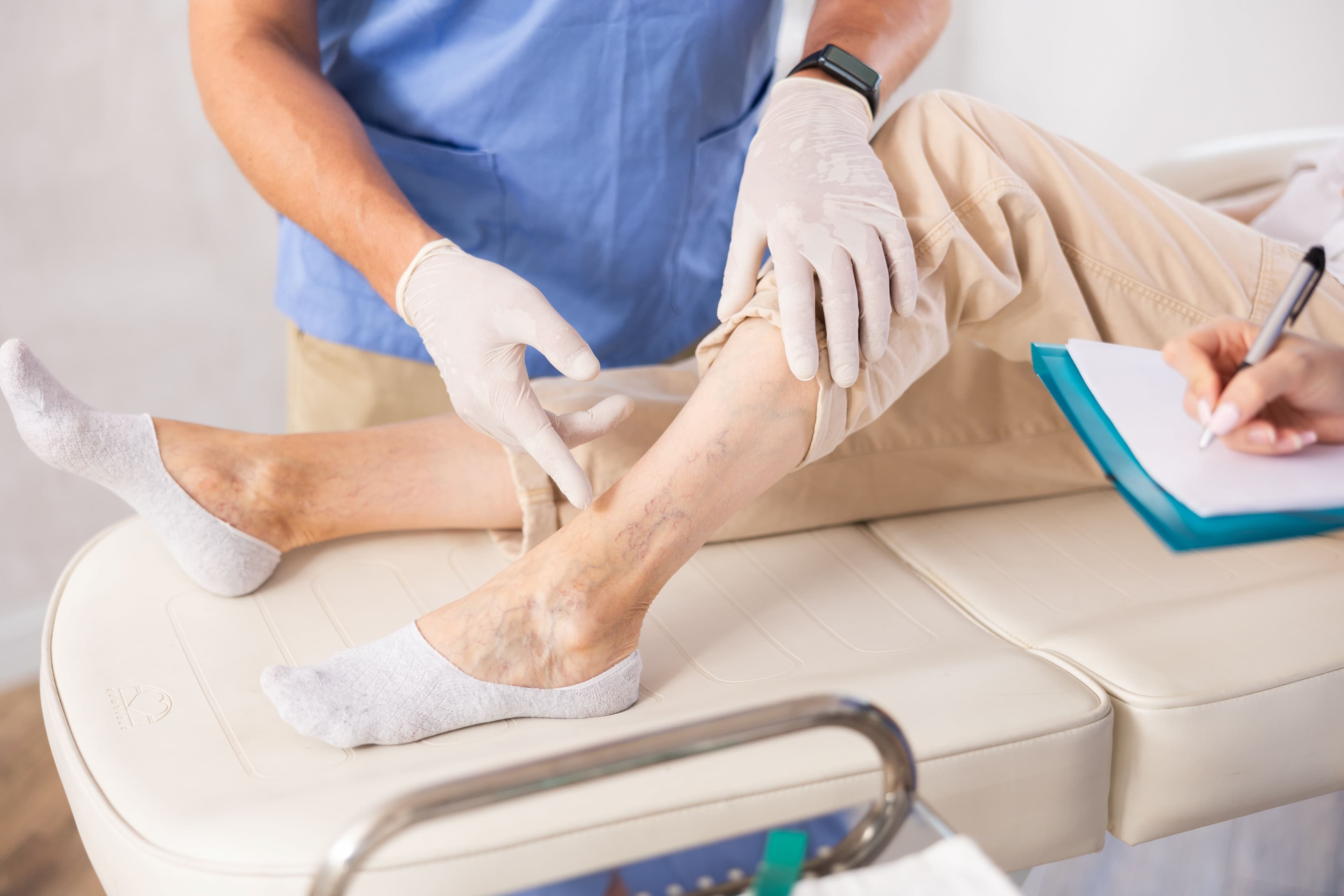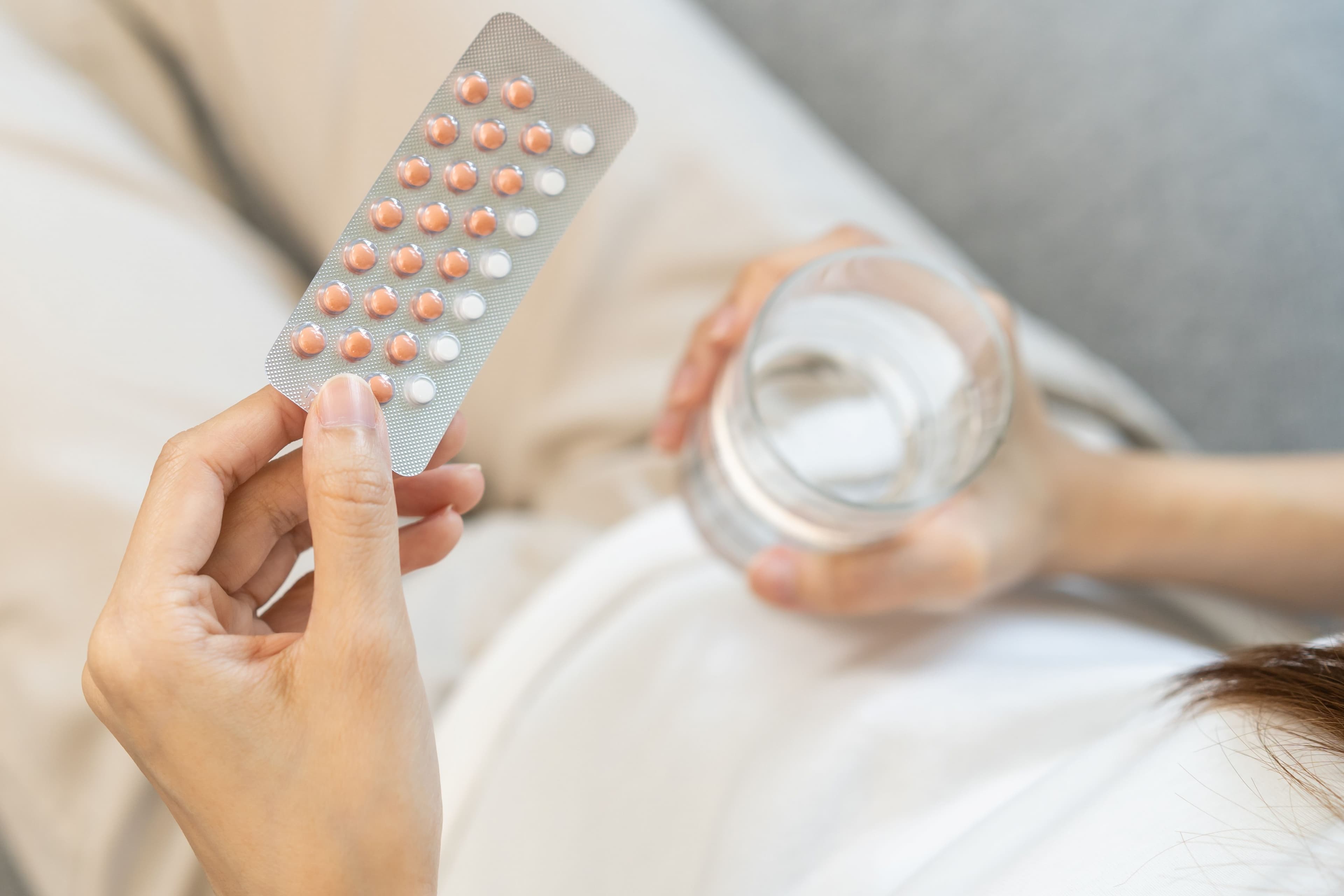Pregnancy: a factor that accentuates deep vein thrombosis
In the same way as long journeys or prolonged static positions (standing, sitting), pregnancy is classed as one of the situations that can be detrimental to the appearance or aggravation of varicose veins. Although it is not the initial cause, it is often, on the other hand, the revelation of a predisposed condition. And this ‘journey’ lasts 9 months, generally returning to normal after childbirth. The reasons are both hormonal and mechanical.
Why does pregnancy increase the risk of deep vein thrombosis?
From the outset, there is no equity between the sexes, as women are twice as prone to venous disease as men (one in 2 compared with one in 4), and the explanation for this is mainly hormonal. Progesterone and oestrogen - the main female hormones - have a direct effect on blood vessels, already contributing to the appearance of venous disease and varicose veins outside pregnancy... but their levels explode in pregnant women!
Pregnancy: a hormonal upheaval
It is said - and rightly so - that a pregnant woman is ‘impregnated with hormones’, and pregnancies are known to cause a decompensation of venous disease. Among the various theories, the currently accepted explanation is that this hormonal impregnation is responsible for the structural disorganisation of the vessel wall, with hypotonia (lack of tone) of the smooth muscle fibres and an increase in capillary permeability.
But there are also very mechanical reasons!
While hormonal changes are the main cause, the compression exerted by the uterus on the veins and the increase in blood volume also explain the frequency of venous pathology in pregnant women, with very superficial coloured dilations (purplish blue). Haemorrhoids and (more rarely) vulvoperineal varicose veins may also appear, which in turn encourage varicose veins of the lower limbs responsible for other complications (such as pruritus or vulvar heaviness).
A mechanical solution to a mechanical problem: compression stockings (socks, thigh-highs, tights) to prevent deep vein thrombosis during pregnancy and in the post-partum period (6 weeks after vaginal delivery, 6 months after caesarean section). Recommended by the French National Authority for Health (HAS) as essential, compression is unfortunately often not used.
Good to know: pregnancy and deep vein thrombosis
The risk of deep vein thrombosis :
- is multiplied by 5 during pregnancy
- 60-fold in the weeks following childbirth
- increases with the number of pregnancies
For any other questions, ask your doctor for advice.
- Varicose veins and pregnancy, by Dr Frédéric VIN, Genesis, January 2003, No 82
- HAS: medical compression to prevent venous thrombosis
Article published on 20 May 2016 by Nathaly Mermet, scientific and medical journalist


